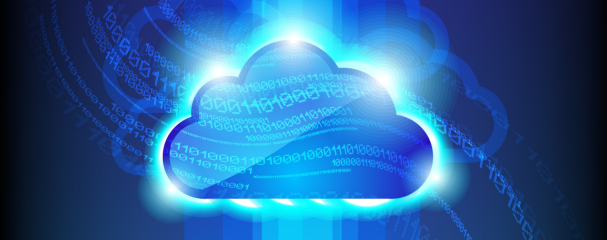What is Cloud ERP?
What is Cloud ERP?
We get this question often and usually combined with questions about the Cloud in general and the various types of Cloud offerings. Having worked with Client/Server ERP for close to 20 years our organization quickly saw the potential and moved to Cloud ERP and the Cloud in general. Now our team is empowered to access the information and resources they need from any device from any where in the world without all of the extra equipment and cost associated with legacy solutions.
Identifying if Cloud ERP is a good fit and understanding the benefits is key to keeping pace if not one step ahead of your competition. The first step is to understand the basics of Cloud ERP (Enterprise Resource Planning).
According to WhatIs.com, Cloud ERP is an approach to enterprise resource planning (ERP) that makes use of cloud computing platforms and services to provide a business with more flexible business process transformation.
For many businesses the biggest investments they make are in human resources, inventory and fixed assets and managing those resources are what ERP is all about.
Empowering your people, taking control of your business and playing to your strengths are the core areas where the Acumatica Cloud ERP suite of business applications can help your organization grow profitably by allowing your people to work anywhere, anytime on any device via our web browser based accounting, inventory management and financial management applications. Whether you choose to use Apple iPad, iPhone or Google Android platforms – Windows, Mac or Linux desktop platforms, a Cloud ERP solution such as Acumatica can run on any or all of these- giving you the power of choice and allowing your business and your people to take advantage of BYOD (Bring Your Own Device) initiatives whilst keeping your data secure and protecting the privacy of your data and your customers data.

Questions about Cloud ERP? Let Us Know!
Web Technology Is Critical To Cloud Computing
Definition of Web-Based Software: Use of a browser (thin client) to access a software application over the Internet (or intranet) to perform work.
By using web-based software, customers receive many benefits that are not inherently part of The Cloud. By eliminating client software, customers save time and money on installation and maintenance. In addition, the web delivers access from any device on any platform without expensive and complicated VPN and remote access software. Finally, web based solutions such as Acumatica are managed from a central data store to guarantee that users can access real-time data and dashboards from anywhere. The benefits of web software are especially significant when companies have multiple locations or companies.
Hosted “Clouds”
When vendors place legacy software on a hosted virtual server, they claim to have a “cloud based ERP solution.” But without web-based software, customers receive very few of the benefits described here. The presence of a thick client often requires longer installation times, dispersed data, client upgrades, and complicated remote access software. When looking for cloud ERP software, make sure that it is web-based!
Why Does Cloud Computing Matter?
Cloud based ERP benefits customers by providing application scalability and reduced hardware costs. In addition, Cloud computing technology made it easier for Acumatica to deliver our ERP through a software as a service (SaaS) model for customers who want to acquire cloud ERP and not have to manage hardware, software, and upgrades while reducing up-front expenses. Customers can build an internal cloud to reduce ongoing hardware costs while maintaining greater control over integration and require local access to their data server.
Addressing The Conflict in the Cloud
Acumatica Cloud ERP offers multiple hosting and licensing options so that you can choose the model that works best for your business.
- SaaS: A subscription license for Acumatica hosted in the Amazon Web Services public cloud.
- Private Cloud Subscription: A subscription license for Acumatica hosted in a private cloud with the hosting provider of your choice.
- Private Cloud Perpetual: You own the license for Acumatica hosted in a provide cloud with the hosting provider of your choice.
Vendors and advocates have introduced terminology and requirements which have been disputed as a source of being a true cloud environment.
- Multi-tenancy– Some cloud ERP vendors argue that multiple users must share the same software in order to qualify as a cloud application. SaaS companies argue that they can reduce the cost of upgrades and product updates by running this type of infrastructure. Multi-tenancy can occur at the infrastructure level, platform level, or application level. The trade off between flexibility and cost easily justifies a multi-tenant infrastructure and a multi-tenant platform. Multi-tenancy only makes sense at the application layer if the cost of software is low compared to the need for flexibility.
- Internal clouds– A large corporation can own a server with as many servers as a cloud datacenter. In this case, it’s difficult to argue that a cloud cannot be internally hosted. However, if a company has only one server, the ability to add capacity would be limited and the NIST definition of the cloud could be challenged. Between these two extremes there is a gray area where experts argue over whether an internal deployment can be considered a cloud.
- Hosted versus cloud– Hosting is another way to outsource IT operations. As described above, hosting is only effective if the software does not contain any client components